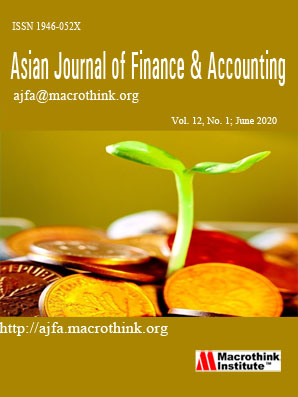Information Quantity and Order in Students’ Tax Research Judgements
Abstract
The Belief Adjustment model predicts recency effects for complex information encoded in a step-by-step process. However, the literature indicates that the recency effect may not carry-over to larger numbers of pieces of information. This may be a problem with the amount of information now available through the internet.
Tax research tasks can have a number of pieces of information (cues). How tax students process information has not been studied extensively. This study extended prior work by investigating the effect of series of four, eight, and twelve cues on tax decisions made by undergraduate tax students.
It was found that there was a strong overall recency order effect. However, the recency order effect seemed to be driven by the longer cue series, rather than by the shorter cue series. This is contrary to the predictions of the Belief Adjustment model.
Keywords: Accounting Recency Tax Judgments Belief Adjustment Model
JEL Classifications: H24, H29, H34, C12, C21, C91, M41
Submission of an article implies that the work described has not been published previously (except in the form of an abstract or as part of a published lecture or academic thesis), that it is not under consideration for publication elsewhere, that its publication is approved by all authors and tacitly or explicitly by the responsible authorities where the work was carried out, and that, if accepted, will not be published elsewhere in the same form, in English or in any other language, without the written consent of the Publisher. The Editors reserve the right to edit or otherwise alter all contributions, but authors will receive proofs for approval before publication.
Copyrights for articles published in MTI journals are retained by the authors, with first publication rights granted to the journal. The journal/publisher is not responsible for subsequent uses of the work. It is the author's responsibility to bring an infringement action if so desired by the author.








